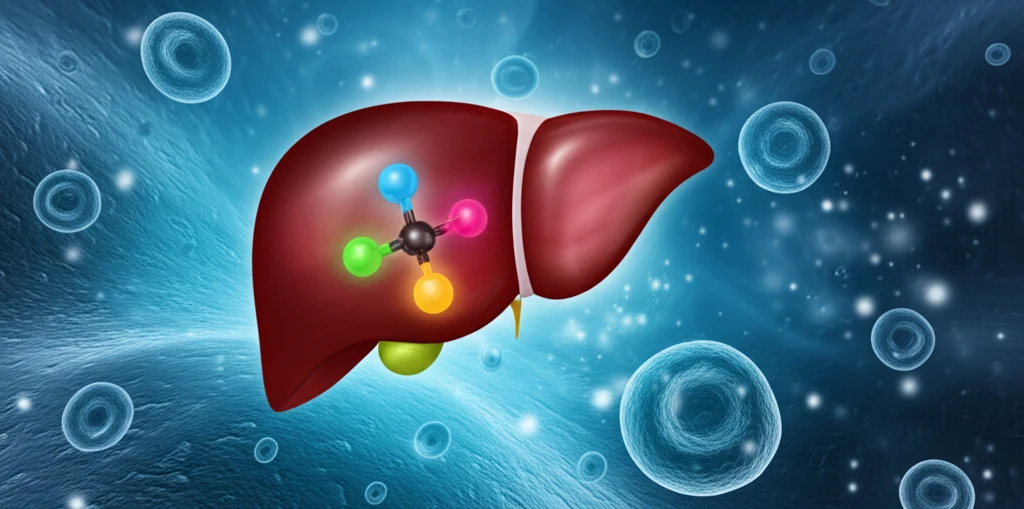
HCV Antiviral Breakthrough: How Fluorescence Could Revolutionize Treatment Stability
"A new study explores the unique fluorescence properties of velpatasvir to develop a simple method for monitoring its stability, potentially improving hepatitis C treatment outcomes."
Hepatitis C virus (HCV) continues to pose a significant global health challenge, affecting millions worldwide. The advent of direct-acting antivirals (DAAs) has revolutionized HCV treatment, offering high cure rates and improved patient outcomes. Among these DAAs, velpatasvir (VLP) stands out as a potent NS5A inhibitor effective against all HCV genotypes. Often combined with sofosbuvir (SOF), VLP forms a cornerstone of modern HCV therapy.
Ensuring the stability of pharmaceutical drugs like VLP is crucial for maintaining their efficacy and safety. Environmental factors, such as temperature, pH, and light, can degrade active pharmaceutical ingredients over time, reducing their therapeutic benefit. Therefore, robust analytical methods are needed to monitor drug stability throughout its shelf life.
Traditional analytical techniques often require complex equipment and extensive sample preparation. Fluorescence spectroscopy, on the other hand, offers a simple, sensitive, and cost-effective alternative for drug analysis. This method exploits the inherent fluorescent properties of certain molecules to quantify their concentration and assess their degradation under different stress conditions.
How Does Fluorescence Help in Determining Drug Stability?

A recent study published in Luminescence: The Journal of Biological and Chemical Luminescence explores the fluorescence properties of VLP and its application in developing a stability-indicating assay. Researchers Mahmoud A. Omar, Mohamed A. Abdel-Lateef, Ramadan Ali, and Sayed M. Derayea developed a novel fluorometric method to determine VLP concentration in the presence of sofosbuvir and assessed its stability under various stress conditions.
- Solvent Selection: Methanol was identified as the best solvent for enhancing VLP fluorescence.
- pH Optimization: A pH of 7 (using Teorell and Stenhagen buffer) provided optimal fluorescence intensity and stability.
- Linearity and Range: The method demonstrated a linear relationship between VLP concentration and fluorescence intensity within a range of 5 to 5000 ng/mL.
Why This Matters for HCV Treatment
The research highlights the potential of fluorescence spectroscopy as a valuable tool for monitoring the stability of VLP and other DAAs. This method offers a simple, rapid, and cost-effective alternative to traditional analytical techniques, making it accessible for resource-limited settings. By ensuring the stability and efficacy of HCV antiviral drugs, this approach could contribute to improved treatment outcomes and reduced healthcare costs.
